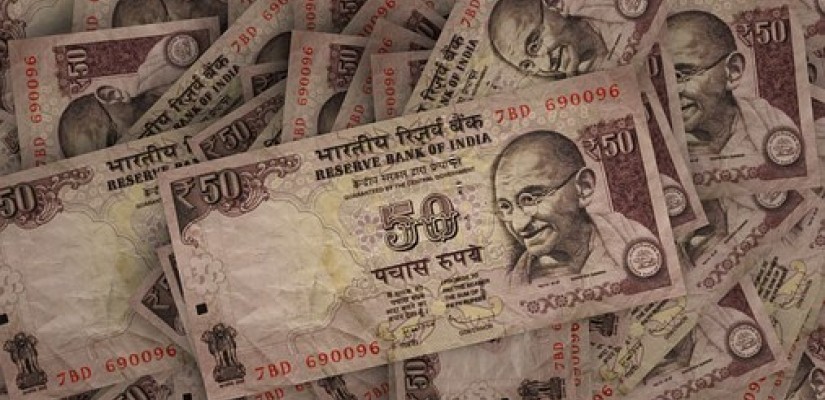India’s economy has faced significant challenges over the past two years, with overall GDP growth decreasing each of the past five quarters to 5% for the quarter ending in June 2019. The government has implemented various measures in order to boost growth, such as a $20 billion corporate tax cut in late September. In efforts to boost investment, the Reserve Bank of India (RBI) also cut the policy rate, which is analogous to the federal funds rate in the US, multiple times in 2019 alone. The government announced in late August that it will merge ten state-run banks and create four new entities that will control roughly $781 billion, or 56% of the industry. At the same time, the government announced a significant capital injection for these specific banks. While these measures may indeed promote growth, weaknesses within the country’s banking system pose significant potential risks for overall stability and growth. The overall rate of non-performing loans (NPLs) in Indian banks, at 9% of all loans, exceeds developed and developing country averages. Problems in the country’s traditional and shadow banking sectors have persisted for years and require governmental action to minimize related risks.
Signs of weaknesses in the banking sector have long been apparent. The traditional banking sector holds roughly $130 billion in non-performing loans, with state-run banks holding over 80% of this total. Last December, the AAA-rated Infrastructure Leasing & Financial Services (IL&FS), a shadow bank, announced that 90% of its loans were non-performing. This sparked a reluctance to invest in shadow banks across the country. Over the past few years, the shadow banking sector has provided the primary means of credit growth in the country. More recently, the Dewan Housing Finance Corp. has also shown signs of strain. Likewise, in late September 2019 the government restricted activities at Punjab & Maharashtra Co-operative Bank Ltd., a small cooperative bank that is not directly run by the state. As the shadow banking and traditional banking sector share strong ties, these repeated signs of fragility have led to fears for the stability of the general banking system in the future. Shadow banks have significantly reduced lending since December 2018. The accumulation of bad loans, coupled with decreasing savings rates across the country and the public’s apprehension of bank failures, has led to lower capital buffers and less capital available for investment. These changes render banks more fragile and reduce investment and growth expectations.

While India’s government has taken some steps to reinforce both sides of the banking system, more actions are required for the years ahead. The RBI has created a handful of “small finance banks” to boost credit availability for smaller companies. Government plans to merge state-owned banks will lead to economies of scale, improved efficiency and credit availability, and increased resistance to NPL-related problems. Further measures should be pursued to ensure the resilience of the system. The government should take measures to limit government-supported priority lending. It should also facilitate the identification and responses to NPLs. Finally, in order to strengthen shadow banks, the government must alleviate the current liquidity crunch facing these banks. The government has taken some measures towards this goal, such as a request to state banks to further refinance ailing shadow banks. While this may help the shadow banks in the short term, it does not necessarily make them stronger in the long term. The government is also attempting to attract foreign lenders for small companies in India.
The efficacy of these measures taken to strengthen aspects of India’s banking system will only become apparent in the future. If stresses to the banking system continue or become more serious, related problems in other sectors of the economy could also become more apparent. The government’s actions may prove to be insufficient responses to the long-standing problems plaguing the banking system.
